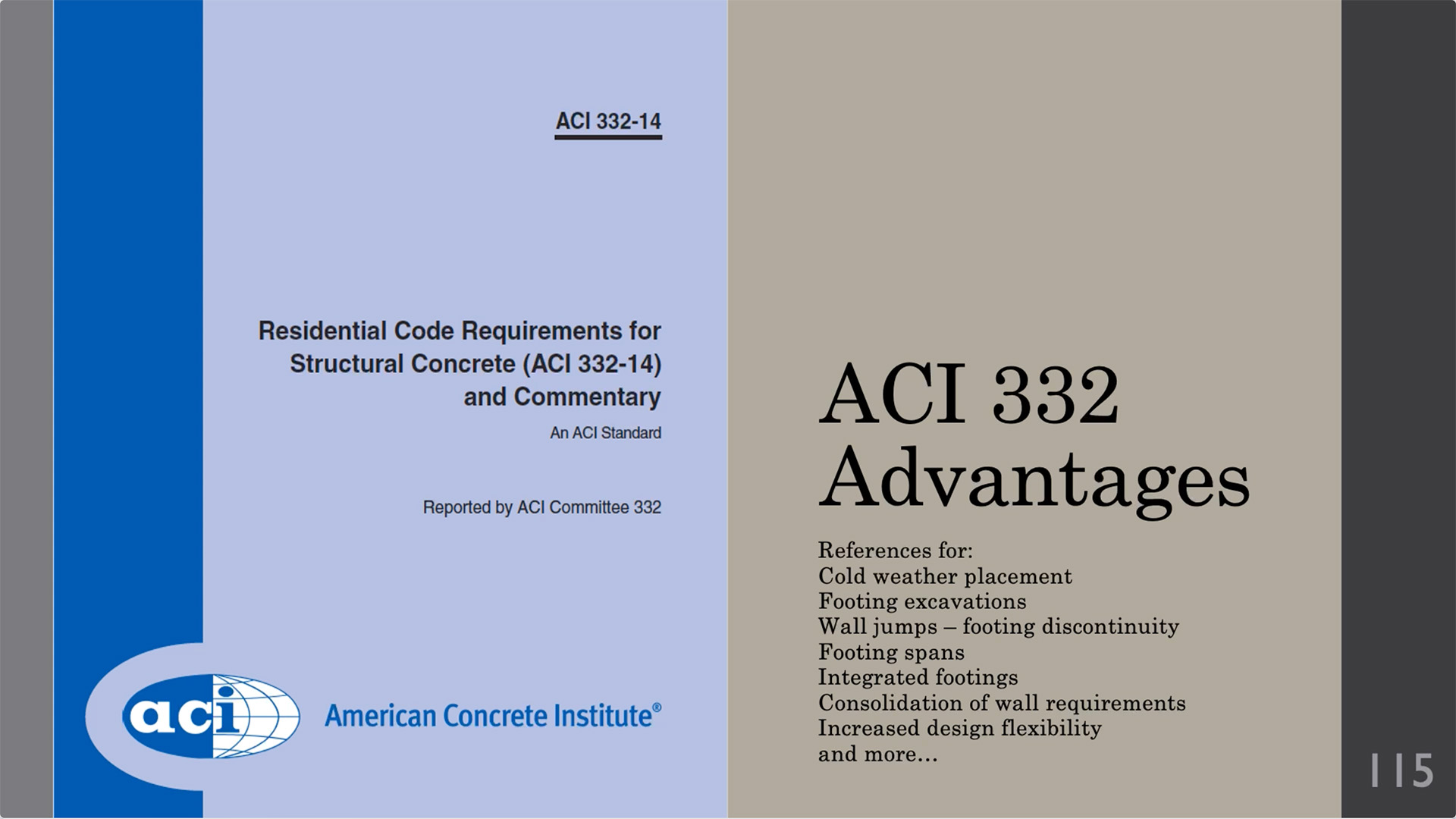CFA Classroom > PCA: Carbon Uptake
PCA: Carbon Uptake
Duration: 4:30
EVERY EXPOSED CONCRETE SURFACE IS ABSORBING CO2 FROM THE AIR…EVEN AT THIS VERY MOMENT.
Concrete is a carbon sink, and through a natural process called carbonation, concrete permanently sequesters CO2.
In fact, for all the concrete produced in the U.S. between 1990 and 2018, more than 300 million metric tonnes of CO2 will be absorbed and sequestered by concrete over its service life.
THE CARBON UPTAKE CYCLE
Cement is the key ingredient in concrete – the material that we see all around us – and the production of cement releases CO2. Cement is mixed with water and aggregates and hardens to form concrete. As a part of the curing process, calcium hydroxide is formed in the concrete.
Concrete is a porous material, like a sponge. CO2 is absorbed by any exposed concrete surface. When that CO2 reacts with the calcium hydroxide, it forms a mineral and the carbon is permanently captured.
This is carbon uptake. Find more at PCA's information resource.
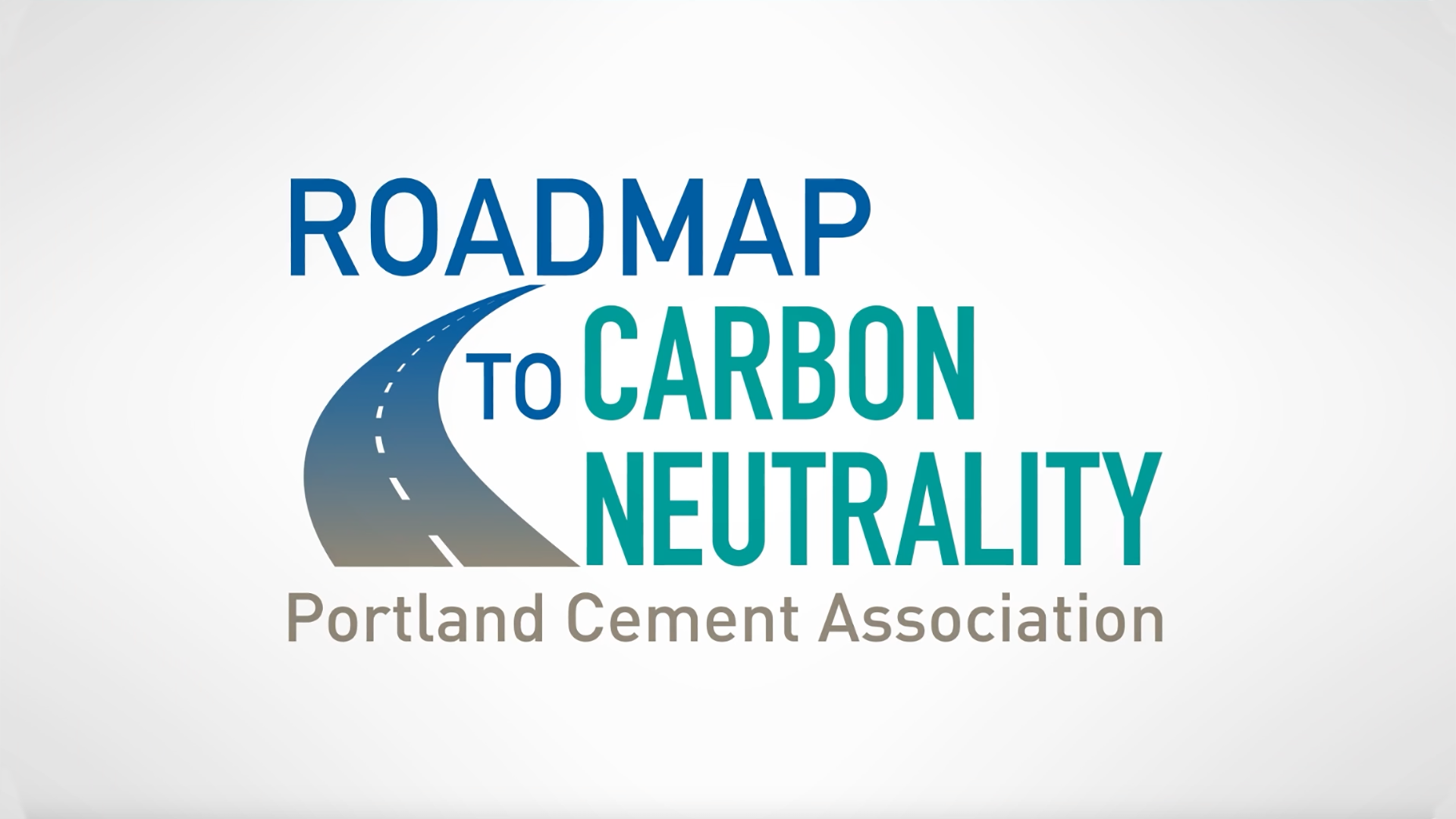
Browse By Course Category
Newest Courses

65:19
Patrick Luce, the next ITR Economics personality to present at CFACON, picks up where Conor Lokar left off in 2022. "Prepare for 2024" is his message...

Foundation Certification: Module 11
8:38 | 0.5 PDH/CE/LU
Part 11 of the ACI/CFA Residential Foundation Technician Certification preparatory seminar provides the prescriptive requirements for foundation wall...

Foundation Certification: Module 10
10:42 | 0.5 PDH/CE/LU
This is part 10 of the ACI/CFA Residential Foundation Technician Certification preparatory seminar. This second segment of information on the...
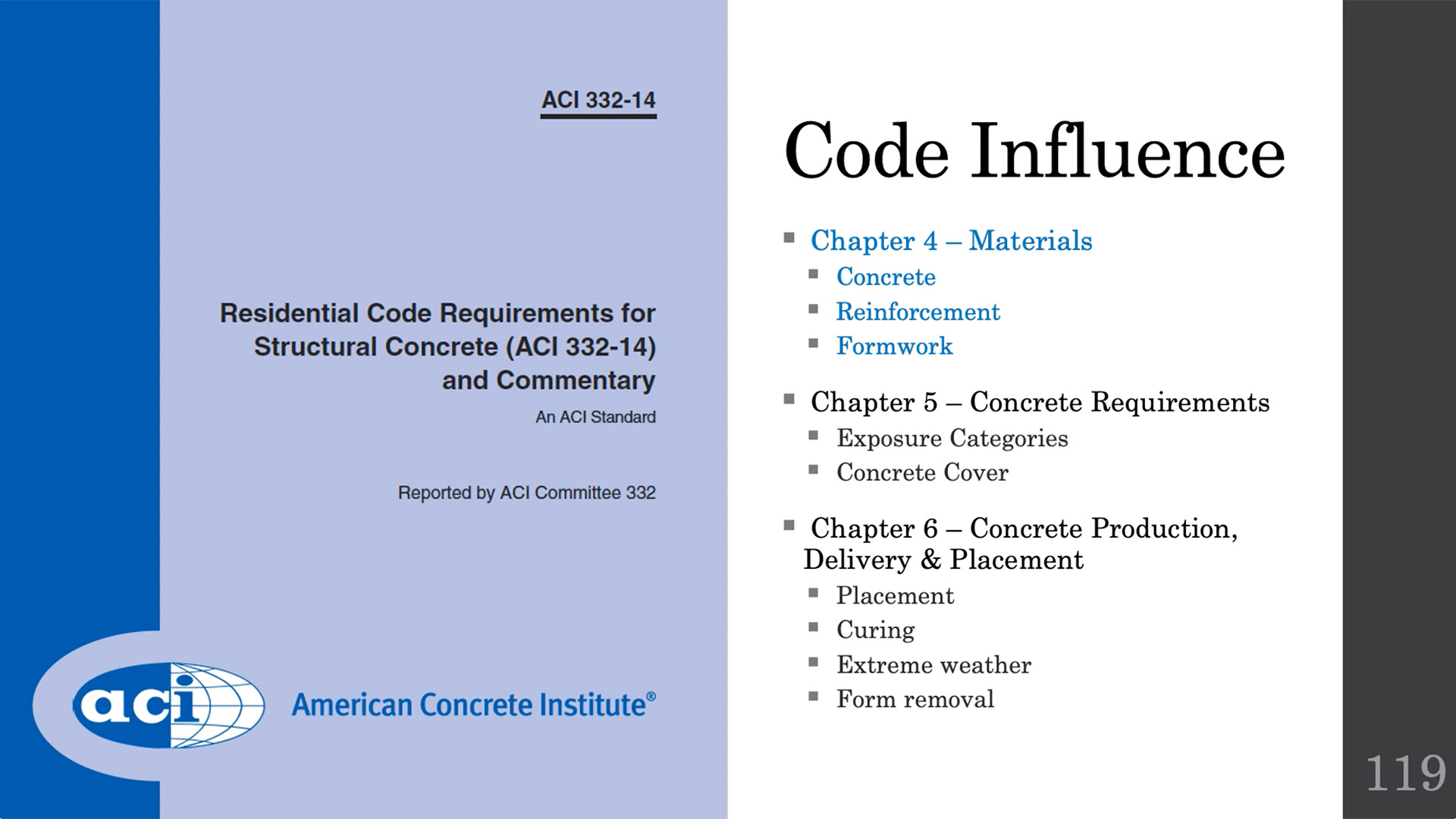
Foundation Certification: Module 13
9:56 | 0.5 PDH/CE/LU
This is part 13 of the ACI/CFA Residential Foundation Technician Certification preparatory seminar dives into the material requirements and unique provisions...
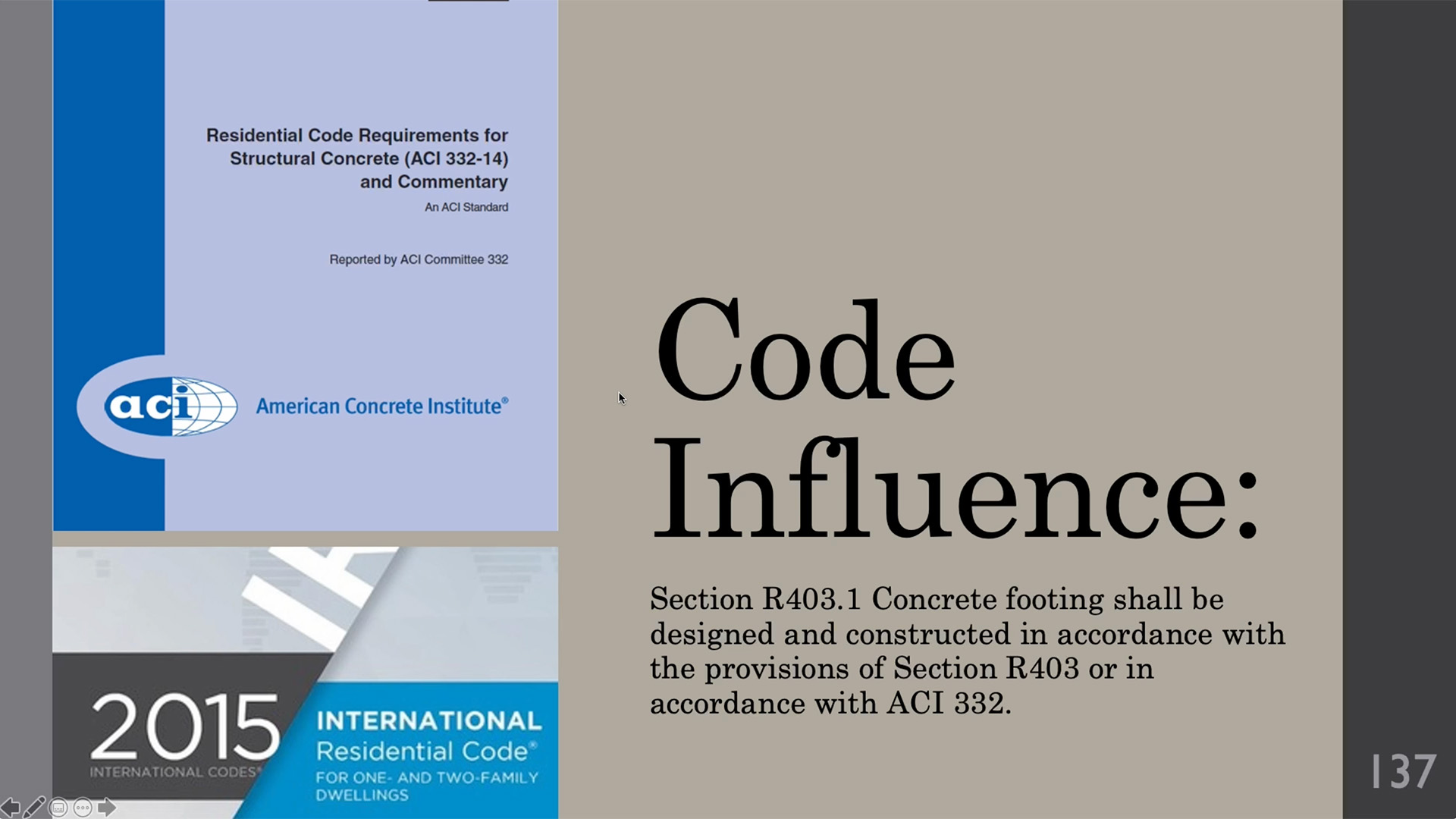
Foundation Certification: Module 14
10:14 | 0.5 PDH/CE/LU
This is part 14 of the ACI/CFA Residential Foundation Technician Certification preparatory seminar. Covered in this session are the detailed aspects...
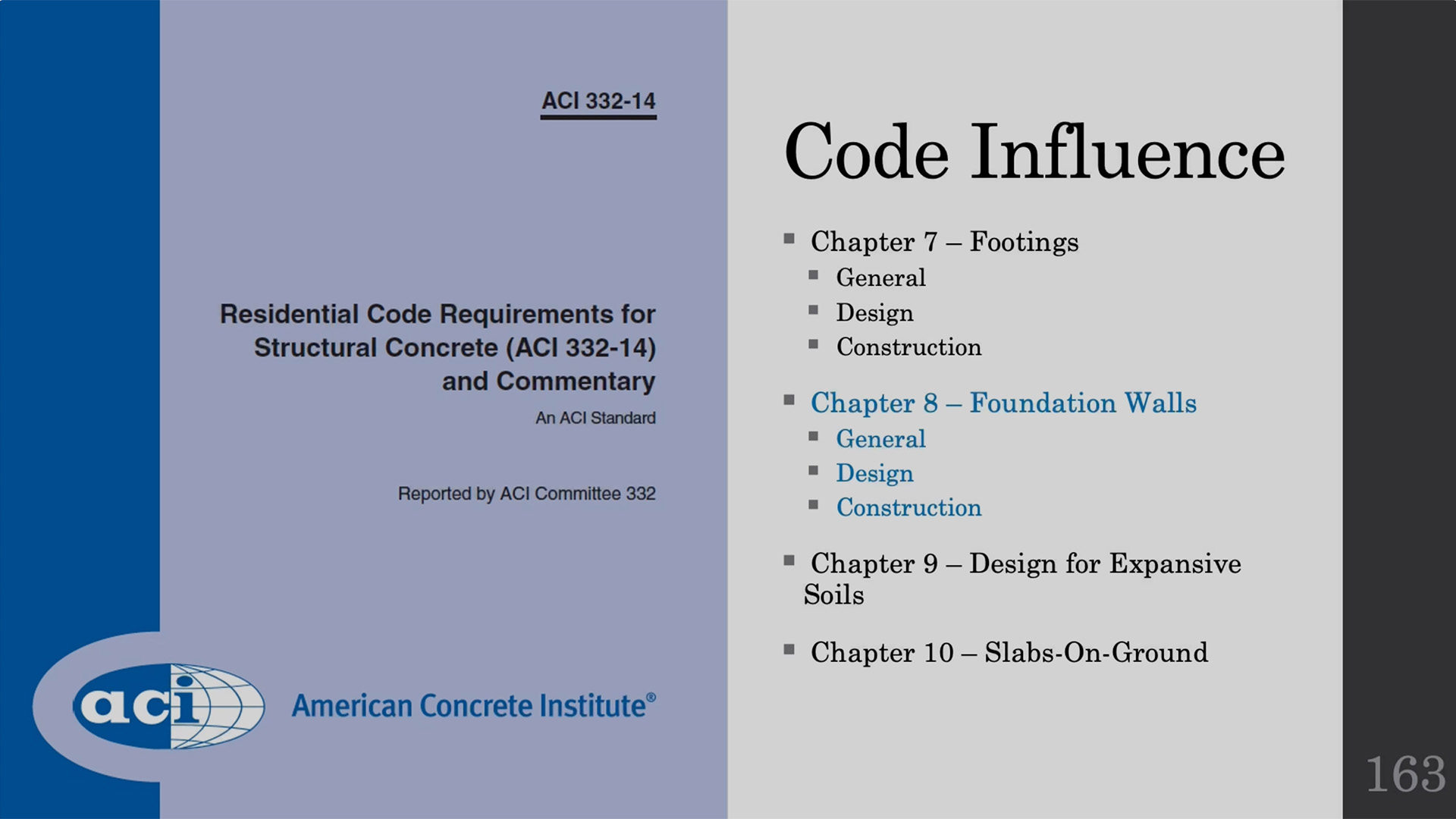
Foundation Certification: Module 15
10:33 | 0.5 PDH/CE/LU
Part 15 of the ACI/CFA Residential Foundation Technician Certification preparatory seminar wraps up the focus on ACI 332. The foundation wall...
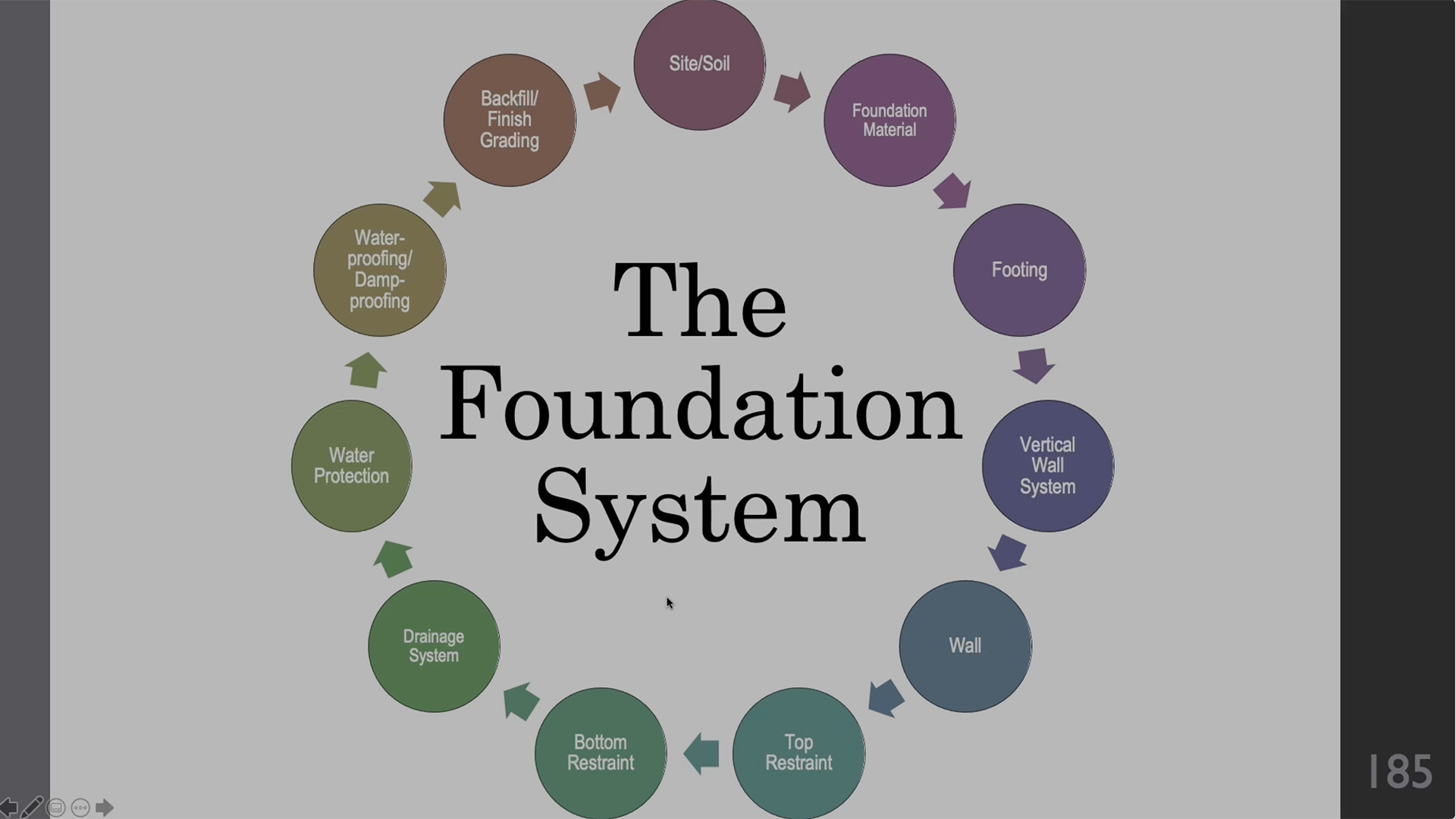
Foundation Certification: Module 16
4:55 | 0.5 PDH/CE/LU
This is part 16 of the ACI/CFA Residential Foundation Technician Certification preparatory seminar. The content of this session covers the application...
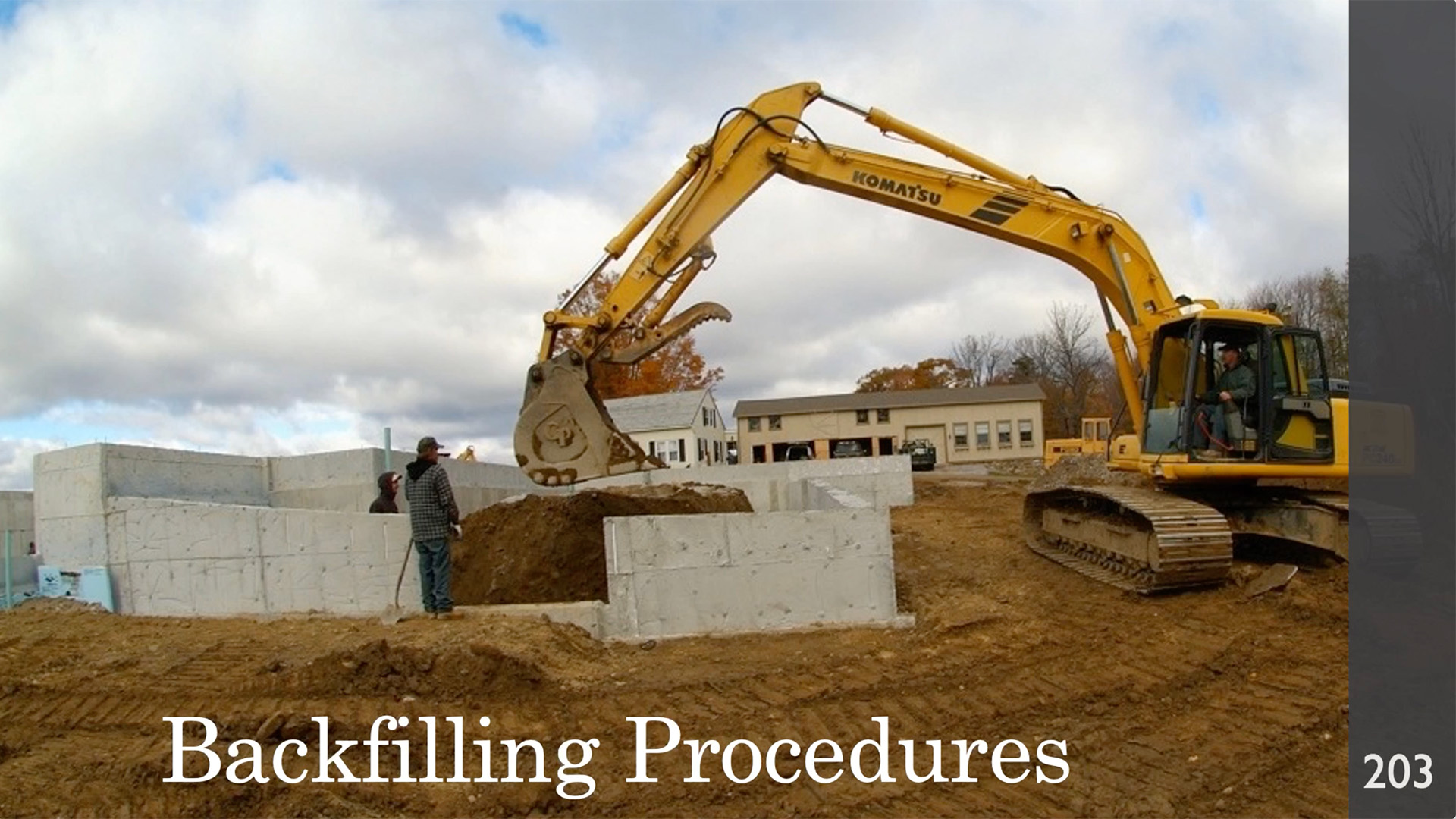
Foundation Certification: Module 17
6:37 | 0.5 PDH/CE/LU
Part 17 of the ACI/CFA Residential Foundation Technician Certification preparatory seminar presents important information on finishing the foundation...
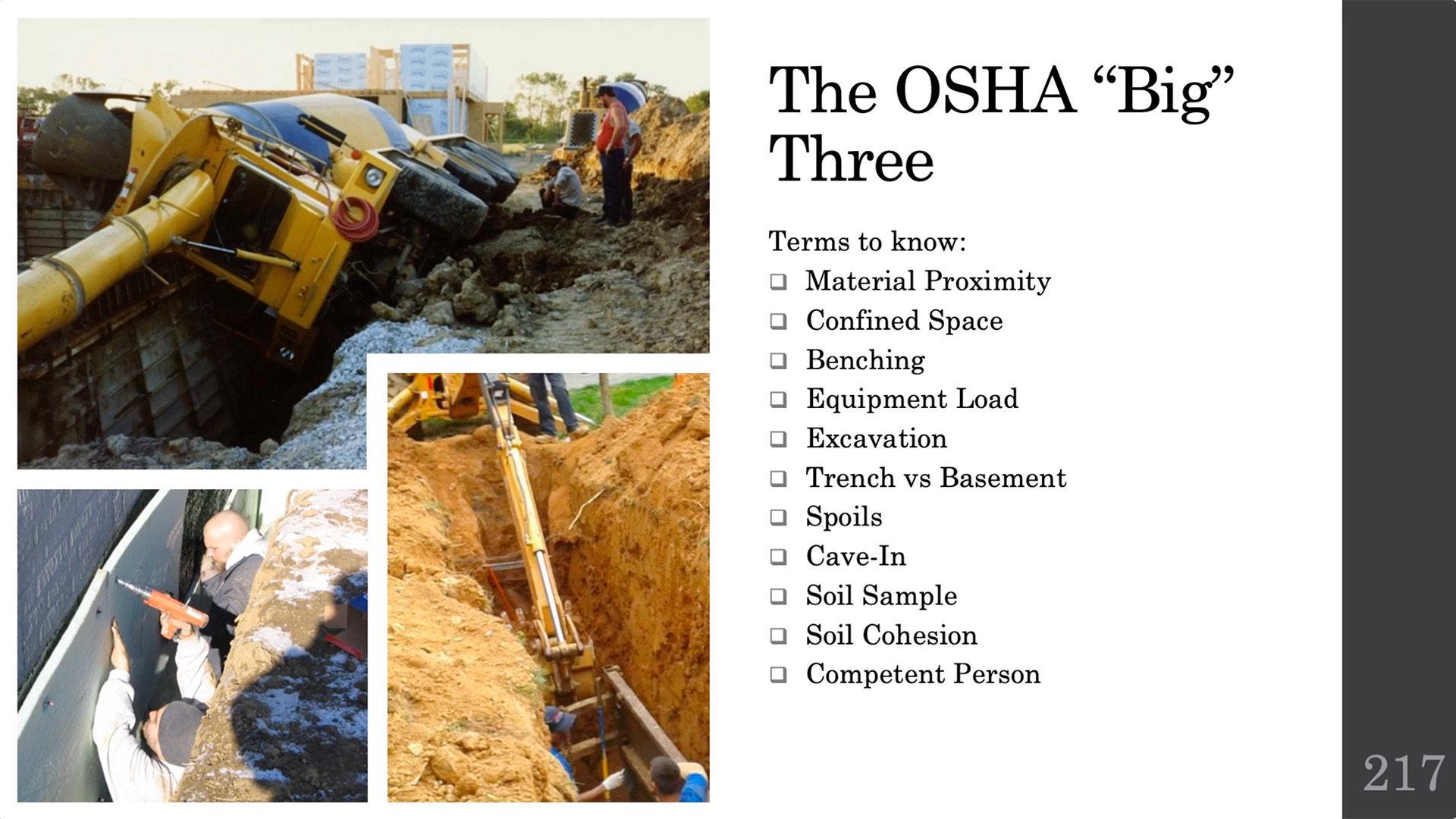
Foundation Certification: Module 18
3:55 | 0.5 PDH/CE/LU
This is the final part of the ACI/CFA Residential Foundation Technician Certification preparatory seminar, part 18. Final thoughts for important...
